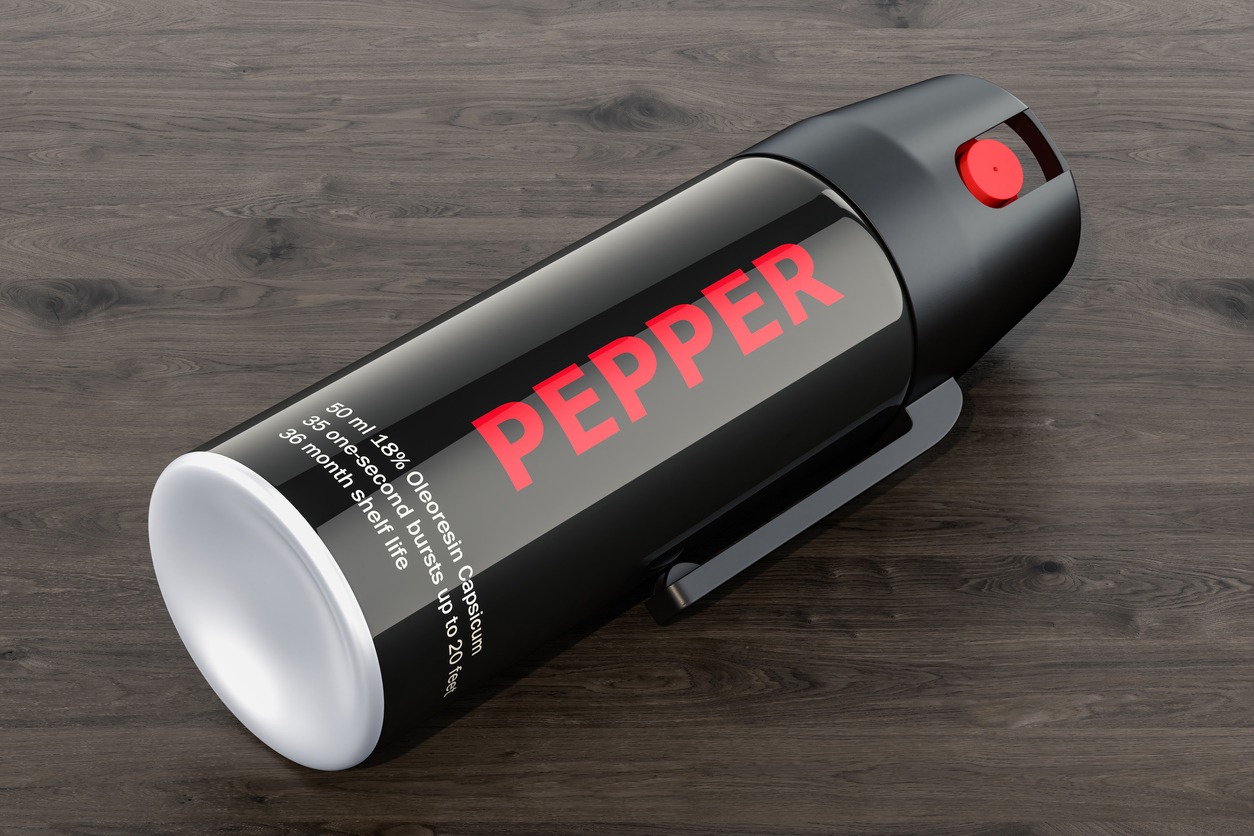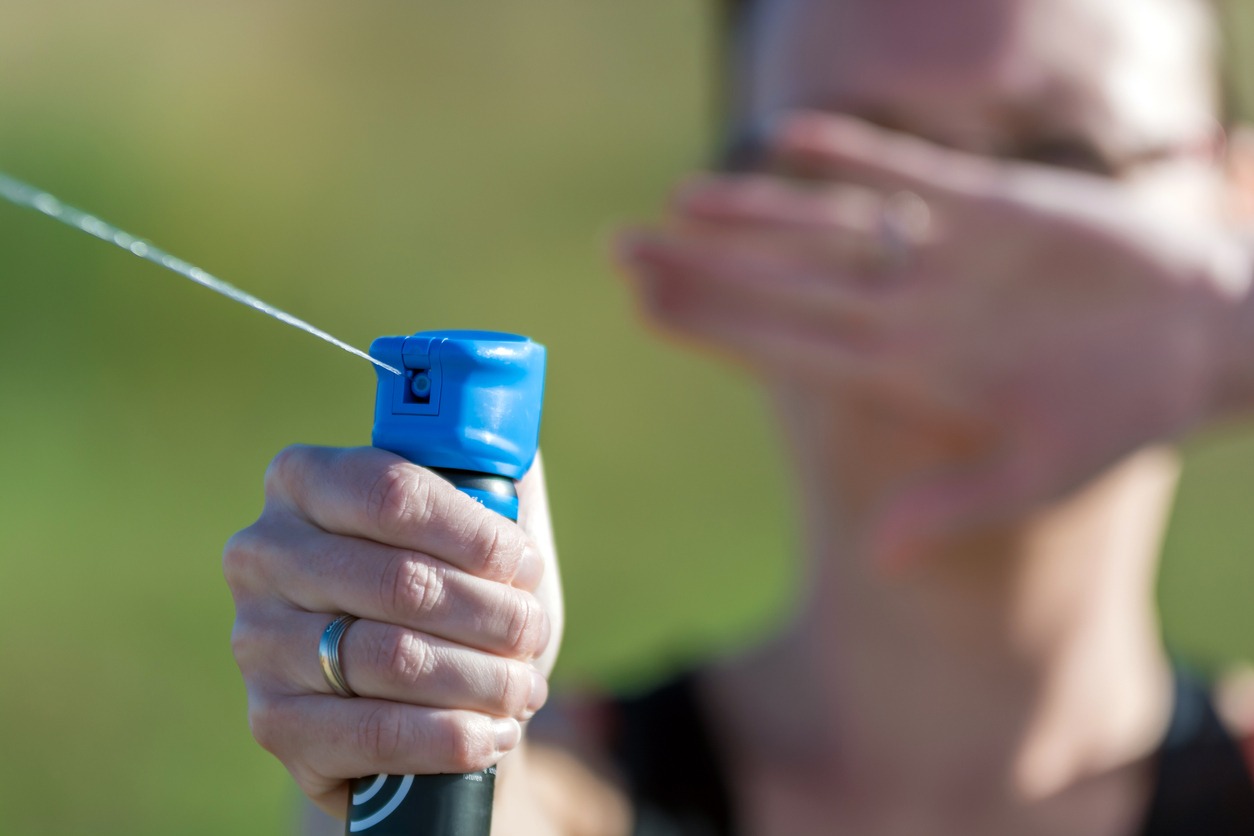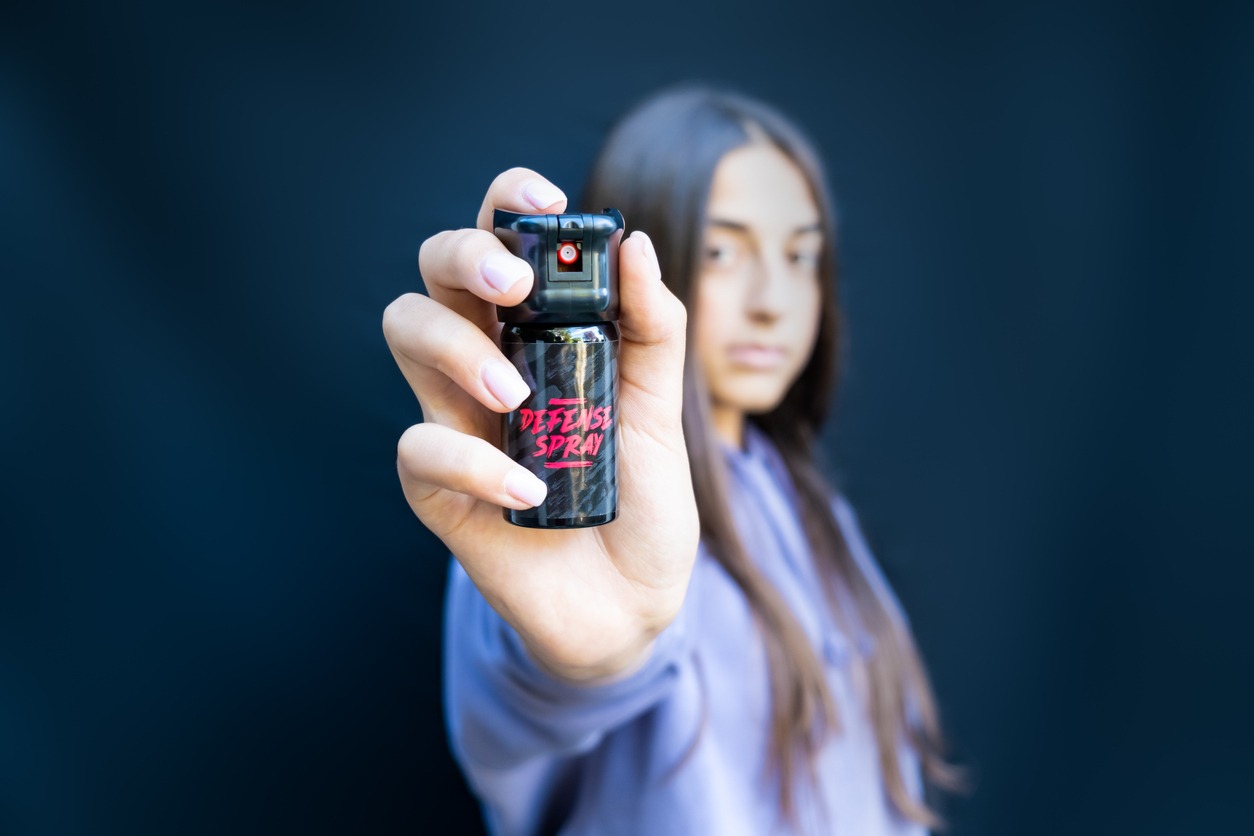Pepper spray is a non-lethal self-defense tool that has become increasingly popular in recent years. It is a chemical compound that causes severe irritation and inflammation when it comes into contact with the skin, eyes, and respiratory system. The chemical is extracted from various hot peppers, including cayenne, jalapeño, and habanero peppers, and is formulated into a canister that can be easily carried in a pocket or purse. Pepper spray is commonly used by law enforcement officers, military personnel, and civilians as a means of protection against potential attackers.
While pepper spray is legal in most states, it is important to understand how to use it safely and effectively.

Components of Pepper Spray
The active component of pepper spray is capsaicin, a natural chemical found in chili peppers. Capsaicin is responsible for the burning sensation in the mouth when consuming spicy food. Capsaicin in pepper spray causes a similar burning sensation in the eyes, nose, and throat, incapacitating an attacker.
The spray also contains a carrier solution that helps disperse the capsaicin. The carrier solution can be water, oil, or alcohol-based. Some pepper sprays also contain additional ingredients to enhance their effectiveness, such as UV dye to mark the attacker for later identification.
An emulsifier like propylene glycol is commonly used to suspend Oleoresin Capsicum (OC) in water to create an effective pepper spray. The suspension is then pressurized to form an aerosol product that can be easily sprayed. While other sprays may use an alcohol base like isopropyl alcohol to create a more penetrating product, it’s important to note that this method may pose a fire risk if combined with a taser.

Types of Pepper Spray
Aerosol compound
Aerosol compound pepper spray is a popular choice among individuals looking for a reliable means of self-defense. This type of pepper spray is designed to be used in a spray canister and contains a mixture of capsaicin, water, and other ingredients. The aerosol compound formula is highly effective and can cause severe irritation to the eyes, nose, and throat of the attacker, rendering them helpless.
Gel compound
The gel compound is a type of pepper spray that is designed to stick to the assailant’s face or skin, making it difficult for them to wipe off. It is a popular choice for law enforcement agencies and individuals who want a reliable self-defense weapon. The gel formula provides a more accurate aim, and it is less likely to affect bystanders compared to traditional aerosol sprays. The gel compound also has a longer range and can be effective from a distance
Foam compound
This variant of the spray is designed to create a thick foam that sticks to the skin of the attacker, making it extremely difficult for them to wipe it off. Foam compound pepper spray is particularly useful in situations where a close-range attack is expected, as it reduces the chances of the spray affecting the user. The foam also ensures that the spray does not spread in the air, making it a safer option in crowded areas.

Effects of Pepper Spray
The immediate effects of pepper spray include intense burning, stinging, and swelling of the eyes, nose, and throat. These effects can cause temporary blindness, coughing, and difficulty breathing. Additionally, pepper spray can also cause nausea, vomiting, and disorientation. While the effects of pepper spray are not permanent, they can last for up to several hours, depending on the strength of the spray and the individual’s sensitivity.
These effects can begin within seconds of exposure and can last anywhere from 20 to 90 minutes, depending on the strength of the spray. In addition, eye irritation and redness can persist for up to 24 hours.
For individuals who have not previously been exposed to the effects of pepper spray, the experience can be best described as being set on fire. The immediate reaction, especially if the spray is directed at the face, is the involuntary closing of the eyes, followed by a sensation of the airways being restricted, and an intense and searing pain around the face, nose, and throat. This can cause significant discomfort and distress to the individual, and adequate medical attention should be sought immediately.
Treatment
Capsaicin, a compound found in chili peppers, is known for its intense burning sensation when it comes into contact with the skin or eyes. Interestingly, capsaicin is not soluble in water, which means that large volumes of water will not effectively wash it off. Instead, water only dilutes the irritant.
Therefore, individuals who come into contact with capsaicin are encouraged to blink vigorously to produce tears, which can help flush the irritant from the eyes. It is essential to note that individuals who come into contact with capsaicin should avoid rubbing their eyes, as this can increase the intensity of the burning sensation.
It is important to note that some “triple-action” pepper sprays contain tear gas, also known as CS gas, as an additional measure of defense. While tear gas can be effective in disorienting an attacker, it is not intended for use on a person and can cause harm if misused. To neutralize tear gas, it is recommended to use sodium metabisulfite, also known as Campden tablets. However, it is important to note that sodium metabisulfite is only intended for area clean up and should not be applied to a person’s skin or clothing.

Use of Pepper Spray
Pepper spray typically comes in canisters small enough to fit in a pocket or purse. These canisters can also be concealed in items such as rings for added discretion. In addition, pepper spray projectiles are available for use with paintball guns or similar platforms. While primarily used for self-defense against human attackers, pepper spray has also been used for years in situations involving aggressive animals like bears.
Conclusion
Pepper spray is a highly effective self-defense tool that is used by law enforcement personnel and civilians alike. It is made from the same compound that gives hot peppers their heat and can cause temporary blindness, difficulty breathing, and intense pain when sprayed in an attacker’s face. While it is important to use pepper spray responsibly and within the confines of the law, it is a valuable tool for personal safety in situations where danger may be present.

